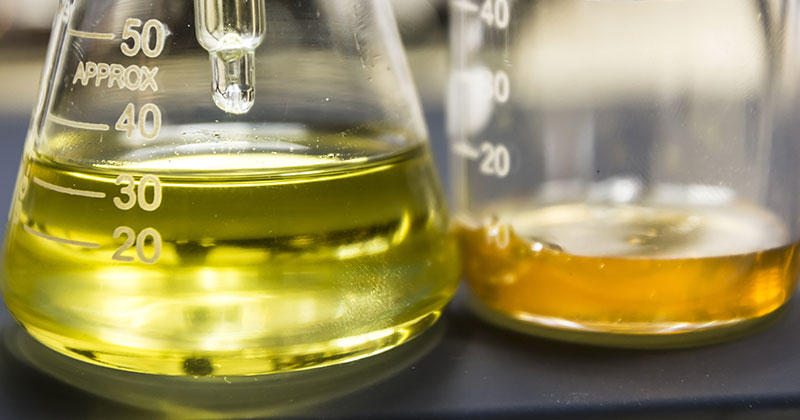Color remediation is one of the latest techniques used to refine crude extract’s color, flavor, and aroma. Many people might be aware of this technology, but some consumers still do not know the basics of this tech and how it works. For people who are already familiar with this technique, it would be most helpful to check out the color remediation column.
The technique can remove pigment, chlorophyll, and other unwanted elements to achieve a lighter and more translucent hue. As it is a relatively new method, many questions are unresolved.
What is color remediation?
Color remediation is the process of separating unwanted elements or impurities from hemp and cannabis extract. Once the initial process of extraction is completed, the resultant extract and solvent are filtered through a color remediation column, also addressed as CRC. The column contains various media for the filtration of different compounds. At the end of the whole process, the resultant extract will have a more refined, lighter, and better aroma with flavor.
What are the benefits of color remediation?
You should know that color remediation methods are based on the equipment or tool and three extractors’ requirements. Each piece of equipment can serve a different purpose. To understand more, you read the benefits of using color remediation techniques.
- Each extraction will leave several impurities. Color remediation purifies the crude extract to obtain a more convincing jar appeal. You must not forget that the resultant extracts from this process will depend on the initial quality of the material used.
- One can also expect to achieve lip-smacking by using the color remediation column technique. Many unwanted compounds from the extraction process can leave a darker tint and bad taste. However, the color remediation technique can help eliminate darker tints and undesirable tastes.
- Color remediation can provide a remedy for dark and dull colors. Extractors can use this technique to excess phospholipids and pigments from cheaper or lower quality biomass which could bring a brown and murky appearance.
What are the disadvantages of the color remediation technique?
When performed under the right circumstances and with appropriate requirements, CRC can have almost no disadvantages or drawbacks. Although, operator errors and specific misconceptions about the concept of color remediation techniques can derive from color remediation.
- The color remediation method involves an additional step during the cannabis extraction process. Such different approaches can increase the risk of operator errors.
- The refined color resulting from the extraction process might not be an accurate indicator of the smell and taste of a given material. It would be safe to assume that extracts can be spruced up from the initial material, which could affect the expected result.



